A goldfinch digs for an early afternoon meal, Monday April 12, at Ashbridge’s Bay. © BCP 2010
What a wonderful walk today in the bright early afternoon sunshine. A walker’s delight, really. The bushes and trees — even the air itself — seemed to be alive with the delightful chittering chatter of very busy goldfinches. The guidebooks all describe the goldfinch chatter as sounding like variations on “per-chik’-or-ee.” And I guess that’s one way to hear it. I just love the buzzy busy sound they make when they call to each other to say hello, and talk about a particularly delightful thistle head they’ve found.
While the light was bright and virtually right over head as I perambulated along my usual path at Ashbridge’s, I decided to try and make a picture of the goldfinches eating anyway. Shooting in the bright mid-day light is severely frowned upon by photo experts. Every book, magazine and newspaper article I have ever read about photography basically says that the hours from 10 .m. to 4 p.m. are a non-go timezone for shooters. In fact, I’ve even read that you can tell the difference immediately between an amateur shooter and a pro. The amateur will be outdoors with a camera around his neck at lunch time, when the pros are either working in their digital darkrooms or catching 40 winks because they were up at 4:30 a.m. to beat the dawn.
Well, all that do-this and don’t-do-that advice is for folks who have a choice. Those of us with other commitments have to ply our avocation just when we can.
The pros have it right, of course. For a photo to be truly memorable, it has to have that certain something extra — something that might be defined as moodiness. Guaranteed, that special magical quality that evokes emotion is almost impossible to get in the mid-day hours when the sun is directly overhead. No — for that extra magic, the low, slanting rays of the sun at dawn and dusk are needed. Mist, fog, clouds all play their role, too, in getting that special shot.
Well, I tell myself, I gotta make do. Afternoons are mostly when I have the opportunity to get out for my walks. So white, bright overhead light is it.
That brings me to the picture above — a shot of an American goldfinch (Carduelis tristis) looking for lunch amidst a stand of dried vegetation. A thistle, perhaps?
Goldfinches are extremely interesting songbirds from a biological point of view, as the male moults all its feathers twice a year, ending up with strikingly different summer and winter plumage. The summer male, of course, is brilliantly lemon coloured, except for his black cap and white-barred black flight feathers.
The bright yellow colour comes from carotenoid pigments in the bird’s diet — or so I read. But I have a few unanswered questions. If the male and female eat more or less the same diet, why does the male acquire the colour, and not the female? Various sources say the brilliant colour of the male is required for him to attract a mate in the summer breeding season, but the biology of the colour acquisition still eludes me.
My hunch about the little goldfinch in the picture above is that it is a male in the process of acquiring its bright yellow summer plumage. (I think only males have the orange-coloured beak.) But if there are any experts out there who can enlighten me, I’d sure love to know.
I’d also love to know any lore about this bird’s name. The first part is easy…Carduelis comes from the Latin for thistle. And tristis means sorrowful in the language of the Pope. Anybody know why Linnaeus felt this species deserved to be called sorrowful?
A male brown-headed cowbird forages in the grass. © BCP 2010
As an aside, I’m including a photo of a male brown-headed cowbird (Molothrus ater) that had absolutely no fear of being photographed up close. In fact, this bird was so nonchalant that he kept running so close to me that he was too near for my camera to focus on. I kept having to move back to get even most of him in my viewfinder.
I’m including his photo anyway, because of a posting a few days ago when I asked for help identifying an LBB I saw perched on a branch. I didn’t recognize the specimen mostly, I think, because I’ve never see cowbirds perching before. I’ve always seen them foraging on the ground with their stout bills searching for insects, caterpillars, spiders, seeds, grains, fruits and other cowbird delicacies. Out of her usual context, I didn’t recognize the pale brown bird.
I guess it’s like when you go to the theatre and see someone you associate with work, or school — and you subsequently have trouble placing him.
At any rate, here’s what my LBB’s spouse looks like. Handsome, eh?
© BCP 2010


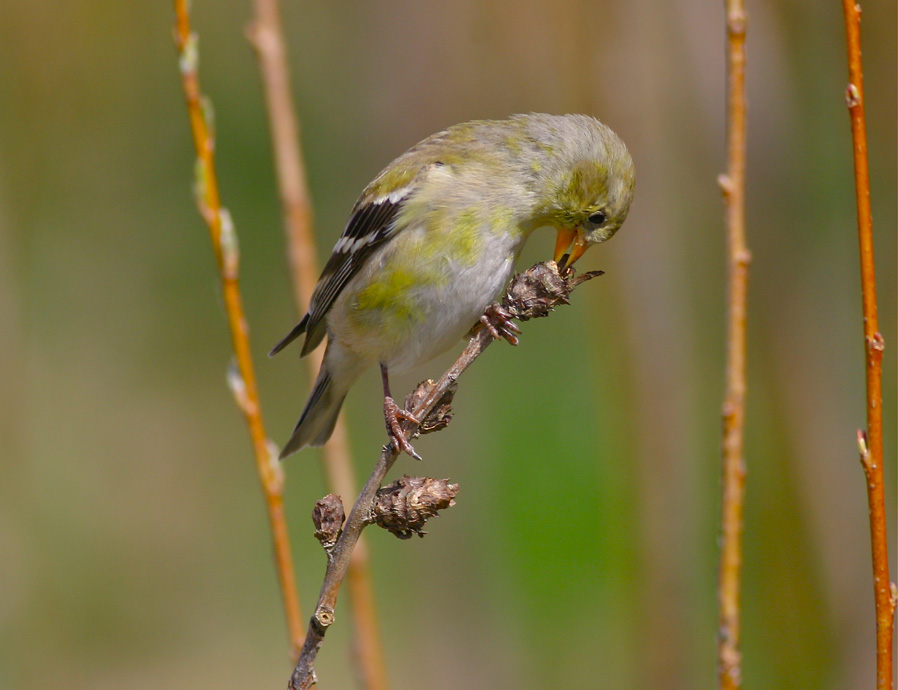
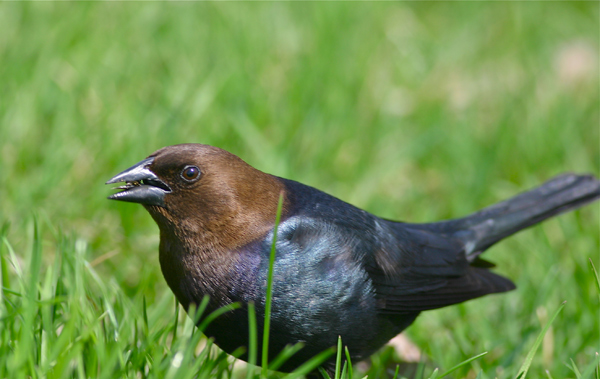
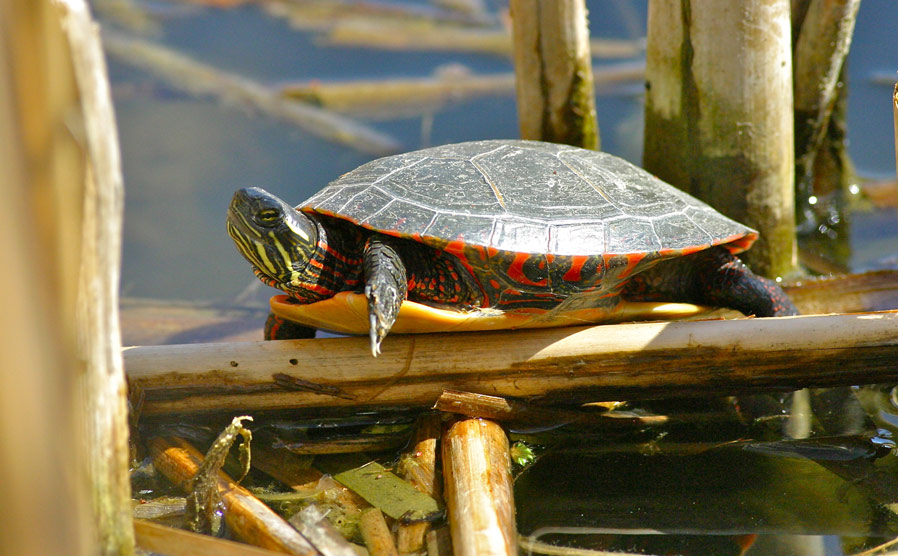
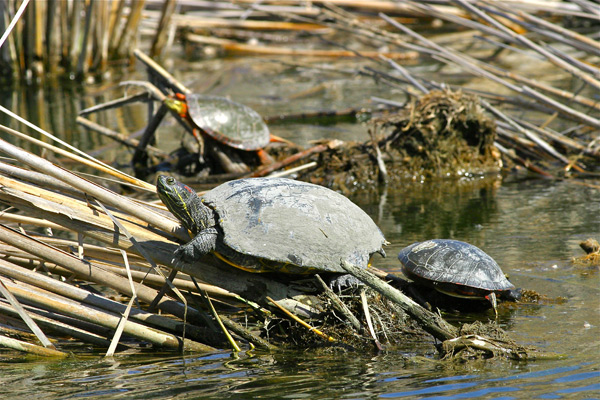
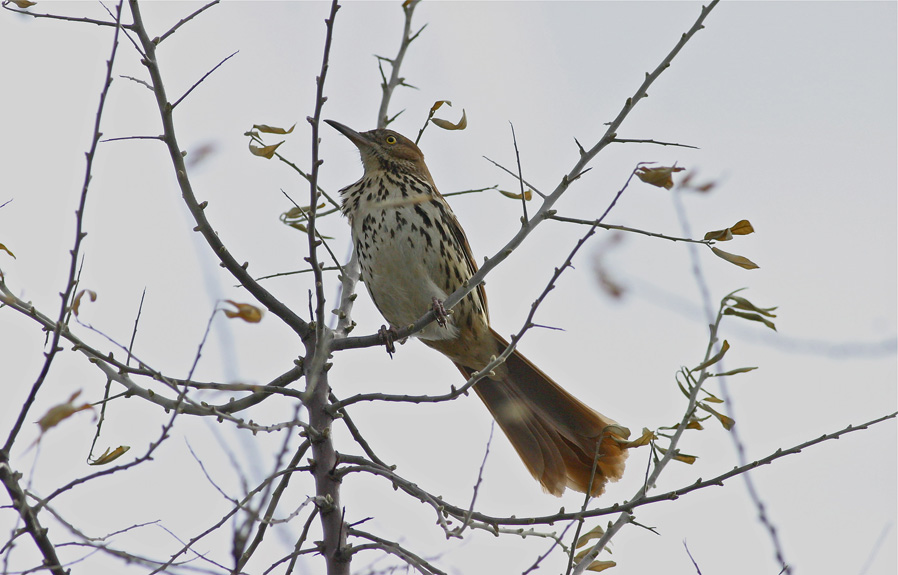
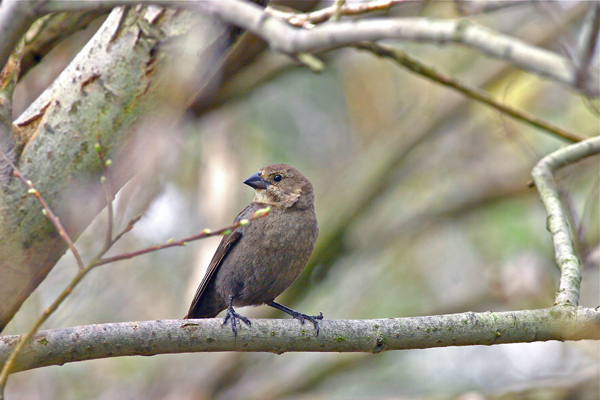

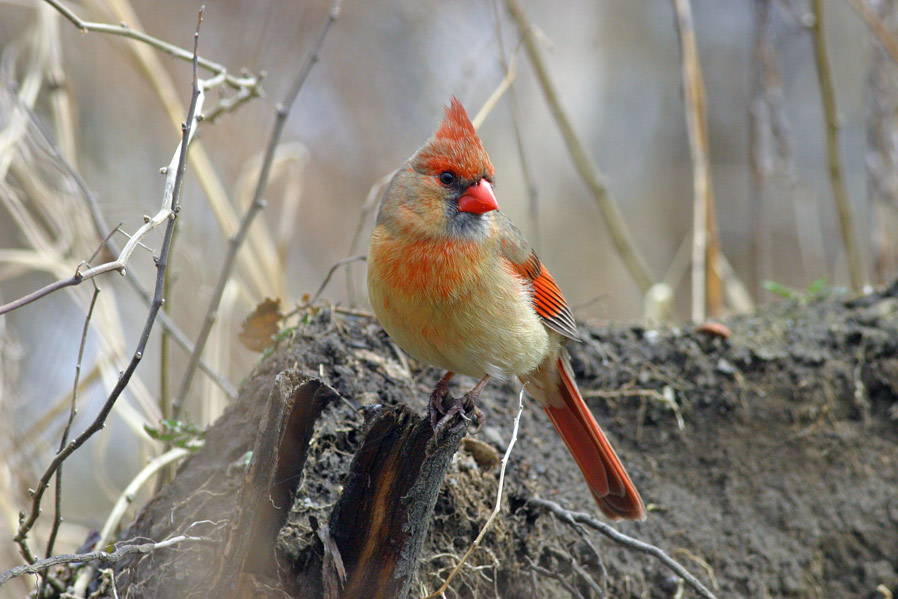
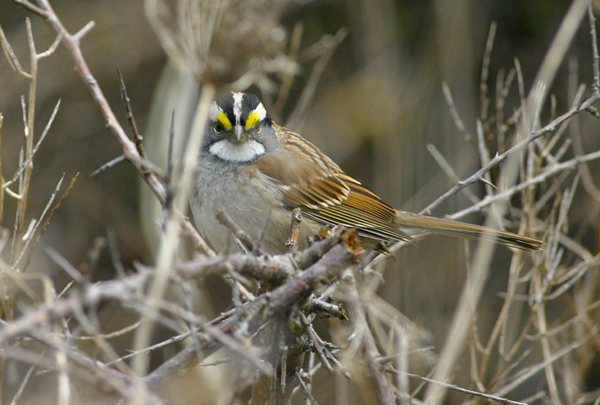

no comments